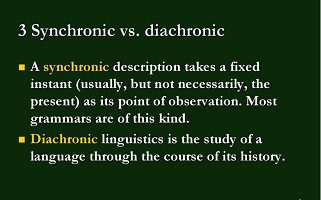3 types of listening with characteristics
Listening
It is the ability to feel, to perceive sensually what another person transmits, to understand the message; This aspect allows the listener to evaluate the importance of what was heard to respond correctly to the interlocutor; It also requires awareness of the possibilities of misrepresentation of messages. In this article we will discuss the 3 types of listening.
Active listening means listening and understanding communication from the speaker’s point of view. What is the difference between hearing and listening? There are big differences. Hearing is simply perceived sound vibrations. Whereas listening is understanding, understanding, or making sense of what is heard. Effective listening must necessarily be active over passive. Active listening refers to the ability to listen not only to what the person is expressing directly, but also to the feelings, ideas, or thoughts that underlie what is being said. In order to understand someone, you also need a certain empathy, that is, knowing how to put yourself in the other person’s shoes.
From the point of view of modern provisions of the methodology of teaching foreign languages, communicative listening and educational listening are distinguished. Contact (as an integral part of interactive communication) and distant listening (through radio, television, audio recording) are also distinguished.
Expert opinion
Communicative listening is the goal of training and represents a complex speech ability to understand a foreign language by ear when presented once. Academic listening is a teaching tool, a way of introducing language material and creating strong auditory samples of language units
Types of Listening
1-Listening with understanding of the main content
involves the processing of semantic information of the sounding text in order to separate the new from the known, the essential from the insignificant, fix the most important information in memory.
2-Listening with selective comprehension of information
The main task is to isolate the necessary or interesting information in the speech stream (arguments, details, keywords, examples, specific data). When listening with the selective understanding of the requested information, where there is no need to fully understand the text, the percentage of unfamiliar vocabulary increases from 5 to 10%. Listening its types and characteristics
3-Listening with full understanding of the content
a complete, accurate, and rapid understanding of spoken speech. Perhaps as a result of the automation of the operations of perceiving the sound form, recognizing its elements, synthesizing content based on them, it requires a high degree of automation of skills, the concentration of attention, and hard work of memory. Most methodologists believe that primary school texts should be based on familiar material (no more than 4-5 short phrases) and are intended for listening with a full understanding of the content. Listening to such texts (short instructional and adapted authentic texts) prepares students to understand the main content of authentic texts. In the future, the permissible amount of unfamiliar lexical material should not exceed 3-5% of all words of the message presented by ear.
Characteristics of the types of listening
We present the selected types of listening with the corresponding skills in table
| Types of listening | Listening skills |
| Listening with understanding of the main content |
|
| Listening with selective comprehension of information | |
| Listening with full understanding of the content |
|
We hope you have understood the3 types of listening.

